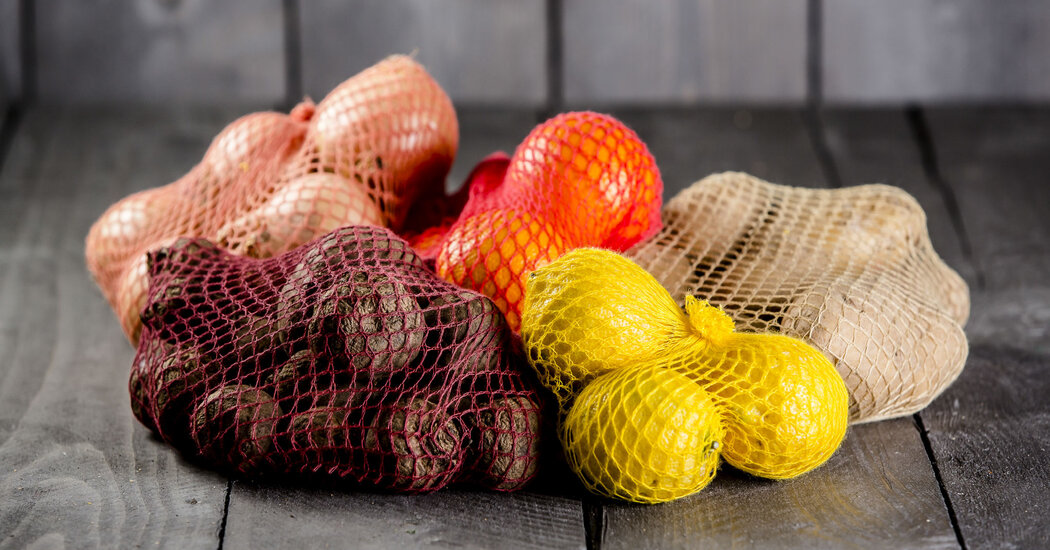As governments impose limits on plastic food packaging, climate-friendlier alternatives are in the works. Here are some that might be coming to a grocery store near you.
If it seems like plastic surrounds nearly every cucumber, apple and pepper in the produce aisle, it does.
What began with cellophane in the 1930s picked up speed with the rise of plastic clamshells in the 1980s and bagged salads in the 1990s. Online grocery shopping turbocharged it.
But now the race is on for what people who grow and sell fruits and vegetables are calling a moon shot: breaking plastic’s stranglehold on produce.
In a March survey among produce professionals on LinkedIn, the shift to biodegradable material was voted the top trend. “It’s big,” said Soren Bjorn, chief executive officer of Driscoll’s, the world’s biggest grower of berries, which has switched to paper containers in many European markets.
Spain has a plastic tax. France has severely limited plastic-wrapped produce and the European Union is about to add its own restrictions. Canada is trying to hammer out a plan that could eliminate plastic packaging of produce by 95 percent by 2028. In the United States, 11 states have already restricted plastic packaging. As part of a sweeping anti-waste plan, the Biden administration is calling for new ways to package food that uses climate-friendly, antimicrobial material designed to reduce reliance on plastic.
